Archival Collections of Asia Photographs in Singapore’s National Archives, National Library and National Museum
Skip other details (including permanent urls, DOI, citation information)
: This work is licensed under a Creative Commons Attribution-NonCommercial-NoDerivatives 3.0 License. Please contact [email protected] to use this work in a way not covered by the license.
For more information, read Michigan Publishing's access and usage policy.
In 2015, Singapore will celebrate 50 years of nationhood. After more than a century under British colonial rule, and a brief period as part of Malaysia, Singapore became an independent nation in August 1965. Three government bodies—-the National Archives, the National Museum, and the National Library–—hold substantial photographic collections. Whilst the collection in each has evolved differently and with a different focus, the guiding principal has been to record and preserve Singapore’s history and heritage. Today, a remarkably rich and varied pictorial record is available for viewing and research.
National Archives of Singapore
The National Archives was established in 1968 for the preservation and administration of the nation's archives. In 1993, it merged with the Oral History Department and was rechristened as the National Archives of Singapore (NAS). Its mission is the collection and management of public and private records relating to the nation's political, social, and economic history. In addition to government materials, NAS also collects records of historical significance from private sources at home and abroad. NAS holds by far the largest national collection of photographs, with almost seven million prints, slides, and negatives. Over half a million of those have already been uploaded onto the online database of the Archives.
The vast majority of the photographs in the Archives are transfers from government ministries, with the key source being the former Ministry of Information, Culture and the Arts (MICA) and its predecessors. One group of images of particular interest as Singapore approaches 50 years of nationhood consists of the black-and-white photographs that were taken by government-employed photographers in the 1950s and early 1960s. These vividly capture Singapore at the end of the colonial era-–overcrowded urban slums, zinc-roofed squatter villages, and barefoot children–—and on the brink of enormous changes to the political, social, and physical landscape (fig 1).
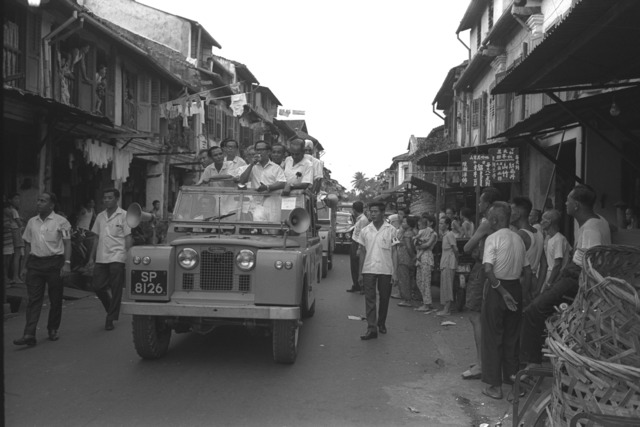 Fig. 1. Post-colonial political campaigning in 1964. Deputy Prime Minister Dr Toh Chin Chye (centre) and Minister for Culture S Rajaratnam (right) thank residents for their support in Kampong Glam. (Ministry of Communications and Information Collection, courtesy of National Archives of Singapore)
Fig. 1. Post-colonial political campaigning in 1964. Deputy Prime Minister Dr Toh Chin Chye (centre) and Minister for Culture S Rajaratnam (right) thank residents for their support in Kampong Glam. (Ministry of Communications and Information Collection, courtesy of National Archives of Singapore)Private donations have further enhanced the understanding of historical events, the physical transformation of the island, and the changing cultural and social life. It is impossible to do full justice to the materials here, but a few noteworthy donations are highlighted.
The Lee Brothers Studio Collection consists of 2,775 studio portrait prints and 760 glass-plate negatives that offer an eloquent record of multi-cultural Singapore in the early 20th century. It was donated by Lee Hin Min, whose father, Lee Poh Yan, and uncle, Lee King Yan, were partners in Lee Brothers Studio, which opened in the early 1900s and closed on the eve of World War Two. The photographs, donated to the National Archives in 1994, consist of original prints that were either rejects or never collected by the sitters, while the negatives seem to have been been deliberately set aside because they were perceived to have historical importance. Among the glass plate negatives is a 1906 image of Sun Yat-sen posing with Singapore supporters to commemorate the founding of the Singapore branch of the Tung Meng Hui (Revolutionary Alliance) one of the Overseas Chinese revolutionary activities that culminated in the overthrow of the Qing Dynasty in 1911 (fig. 2).
![Fig. 2. Group photograph of Sun Yat-sen and founding members of the Singapore branch of the Tung Meng Hui [Chinese Revolutionary Alliance] in Tai Bin Road several days after the alliance was formed, April 1906. (Lee Brothers Studio Collection, courtesy of National Archives of Singapore) Fig. 2. Group photograph of Sun Yat-sen and founding members of the Singapore branch of the Tung Meng Hui [Chinese Revolutionary Alliance] in Tai Bin Road several days after the alliance was formed, April 1906. (Lee Brothers Studio Collection, courtesy of National Archives of Singapore)](/t/tap/images/7977573.0004.110-00000002-ic.jpg) Fig. 2. Group photograph of Sun Yat-sen and founding members of the Singapore branch of the Tung Meng Hui [Chinese Revolutionary Alliance] in Tai Bin Road several days after the alliance was formed, April 1906. (Lee Brothers Studio Collection, courtesy of National Archives of Singapore)
Fig. 2. Group photograph of Sun Yat-sen and founding members of the Singapore branch of the Tung Meng Hui [Chinese Revolutionary Alliance] in Tai Bin Road several days after the alliance was formed, April 1906. (Lee Brothers Studio Collection, courtesy of National Archives of Singapore)The Peranakan Association Collection held in the Archives consists of 180 photographs, donated in 1999, showcasing Peranakan Chinese and their culture and lifestyle in Penang and Singapore in the early 20th century (“Peranakan” is the term used for the descendants of late-15th and early-16th century Chinese immigrants to the Malay peninsula and Indonesian archipelago who intermarried with Malay women.) By the time these photographs were taken, “Peranakan style” in dress, food, wedding customs and interior décor had evolved into a sumptuous hybrid of Chinese, British and Malay elements (fig 3).
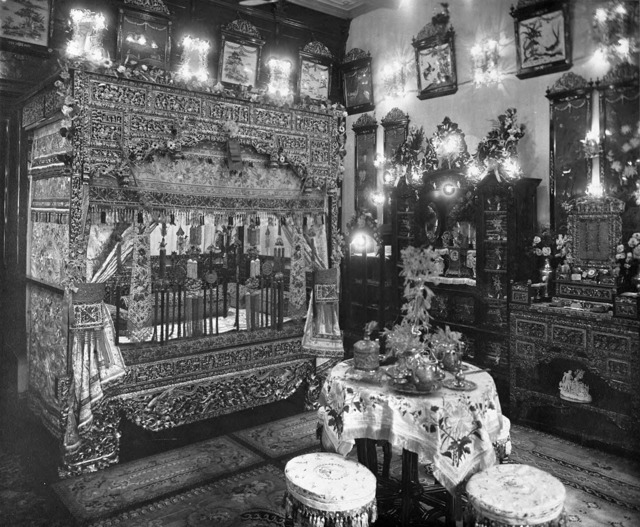 Fig. 3. Peranakan wedding chamber, undated photograph c1930. (The Peranakan Association, courtesy of National Archives of Singapore)
Fig. 3. Peranakan wedding chamber, undated photograph c1930. (The Peranakan Association, courtesy of National Archives of Singapore)The K. F. Wong Collection features the work of Sarawak-born Wong Ken Foo (1916-1998), who developed a passion for photography in his youth. He was well known for his work on the Iban and Dayak people of Sarawak and as a pioneer of art photography in Southeast Asia. He visited Singapore over the years, camera in hand. One of the earliest of the over 2,000 images in the collection is a 1946 photo of Japanese prisoners of war in 1946 clearing a Singapore street. Other images capture gritty scenes of everyday life in markets, temples, offices, factories, along streets, and on the waterfront, often with remarkable elegance (fig 4).
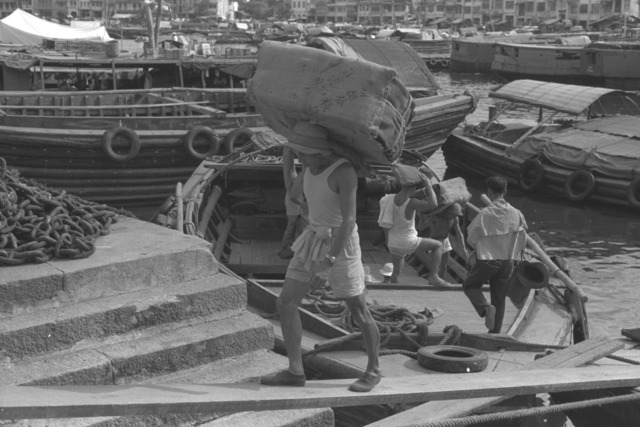 Fig. 4. Chinese labourers along the Singapore River, 1960. (K. F. Wong Collection, courtesy of National Archives of Singapore)
Fig. 4. Chinese labourers along the Singapore River, 1960. (K. F. Wong Collection, courtesy of National Archives of Singapore)Teo Poh Seng (1930-2005) operated his family-owned Studio Deluxe; the collection focuses on his works from the 1950s to 1980s during which period he won international acclaim for his portraits: in 1956 he became an Associate of the Institute of British Photographers, one of only two photographers in the whole of British Malaya to receive this honour, and in 1958 he became a Fellow of the British Royal Society of Arts. Among the portraits in the collection are those of many prominent historical figures, such as former Singapore Prime Minister Lee Kuan Yew, and former Malaysian Prime Minister Tunku Abdul Rahman, as well as endearing family studio likenesses (fig 5).
 Fig. 5. P. S. Teo’s photograph of children in Chinese costume, 1954. (Studio Deluxe Collection, courtesy of National Archives of Singapore)
Fig. 5. P. S. Teo’s photograph of children in Chinese costume, 1954. (Studio Deluxe Collection, courtesy of National Archives of Singapore)The Singapore Press Holding (SPH) Collection of nearly one million press negatives was deposited with NAS in 2000. To date, 46,000 have been selected for online viewing through the Archives’ online database. SPH is the largest newspaper publisher in Singapore, with 12 titles in the four official languages (English, Chinese, Malay, and Tamil) including The Straits Times, which has been in publication for 155 years. The materials cover the period 1922 to 1996 and provide a significant journalistic perspective on the events that have shaped modern Singapore (fig 6).
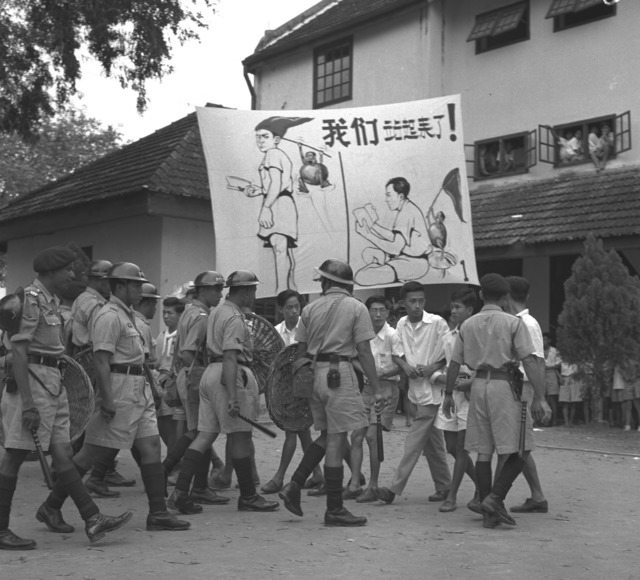 Fig. 6. Police and students at Chung Cheng High School during the student riots in 1956. (Singapore Press Holdings, courtesy of National Archives of Singapore)
Fig. 6. Police and students at Chung Cheng High School during the student riots in 1956. (Singapore Press Holdings, courtesy of National Archives of Singapore)NAS continues to refine and enhance the captioning of images. Online access to the archives website is being revamped and the renewed website is scheduled to be ready by the end of 2013. The database will then be searchable via Google.]
National Library Board
The National Library Board (NLB) has evolved from a 19th century subscription library serving the needs of a privileged few to a post-Independence wide-reaching library system. Since its earliest days, when it was known as Raffles Library and housed with the Raffles Museum, it has collected rare and scholarly materials on the heritage of Singapore and the region. In 1957 it moved into its own purpose-built home next to the National Museum. The enactment of the Raffles National Library Ordinance in1958 enabled a free public service for all Singapore residents and instituted the library as the depository for all publications printed and published in Singapore. The new 16-story National Library building opened in 2005. Photographs, however, were not a priority. Over the years the library amassed a small collection relating to its own history and it was the digitization of this material in the 1990s that prompted a shift in focus to photography. Since then, the library has been the recipient of several noteworthy collections of photographs that are held in the Special Collections division. To date, some 20,000 images are available for viewing online. Some highlights are:
The Percy R. Hill Collection holds 60 rare glass plate negatives taken by Percy Reginald Hill (1888-1950), a chartered accountant who worked in Singapore and Malaya from 1906 to 1919, and donated by his descendants. A keen amateur, Hill not only captured snapshots of daily life but also composed portraits. Some of the negatives were hand-colored by Hill himself (fig 7).
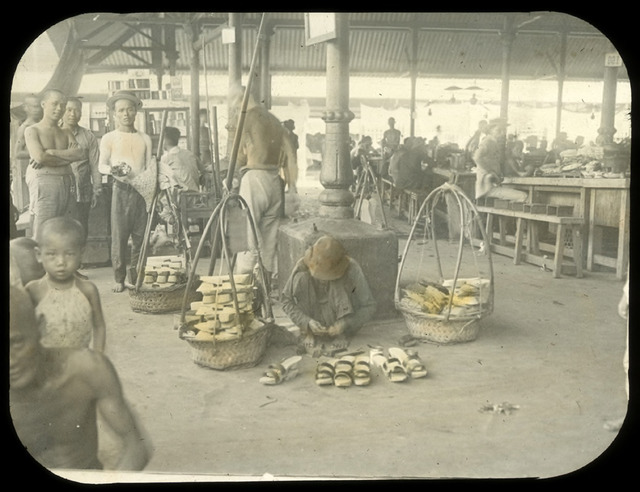 Fig. 7. Clog seller, early 1900s, from the Percy Hill Collection. (All rights reserved, Margaret Ryan and National Library Board, Singapore 2009)
Fig. 7. Clog seller, early 1900s, from the Percy Hill Collection. (All rights reserved, Margaret Ryan and National Library Board, Singapore 2009)The Edwin Brown Collection: Brown (1878-1955) came to Singapore in the early 1900s and became a prominent member of society, serving as Municipal Commissioner (1924-1934) and leaving after World War Two. Soon after his arrival, he wrote a memoire, Indiscreet Memories, based on his diary and personal observations. His family donated over 170 items including photographs, postcards, audio visual recordings, along with some personal correspondence (fig 8).
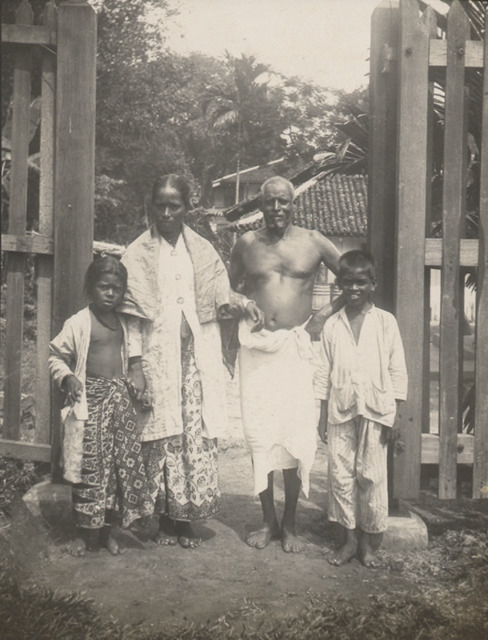 Fig. 8. Indian family poses by their compound gate, early 1900s, from the Edwin A Brown Collection. (All rights reserved, Celia Mary Ferguson and National Library Board, Singapore 2008)
Fig. 8. Indian family poses by their compound gate, early 1900s, from the Edwin A Brown Collection. (All rights reserved, Celia Mary Ferguson and National Library Board, Singapore 2008)Kouo Shang Wei (1931-1988) belonged to a generation of pioneering professionals who came of age in the 1950s. In 2007, the library signed an agreement with his family enabling access to 7,000 items from his collection of photographs, slides, and artifacts. Kouo was especially well known for his strong architectural photos (fig 9).
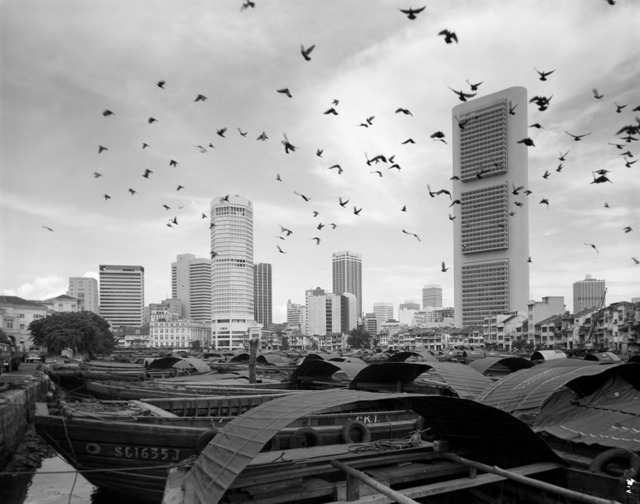 Fig. 9. Singapore River c. 1980, one of Kouo Shang Wei’s photographs of the Singapore skyline. (All rights reserved, Family of Kouo Shang Wei and National Library Board, Singapore 2007)
Fig. 9. Singapore River c. 1980, one of Kouo Shang Wei’s photographs of the Singapore skyline. (All rights reserved, Family of Kouo Shang Wei and National Library Board, Singapore 2007)The architect, author, and conservation advocate Lee Kip Lin (1925-2011) was an avid collector of Singapore memorabilia and a keen amateur photographer. In 2009, the library received by donation his extraordinary collection of 19,000 items. The material falls into two distinct parts: first are the rare books, monographs, maps and photographs illuminating Singapore history that he collected, including some important 19th century albumen prints (fig. 10);
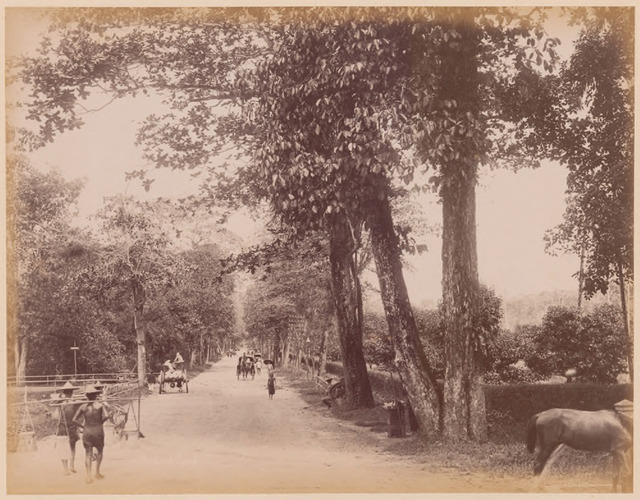 Fig. 10. Orchard Road, 1870s, G R Lambert & Co photograph from the Lee Kip Lin Collection. (All rights reserved, Lee Kip Lin and National Library Board, Singapore 2009)
Fig. 10. Orchard Road, 1870s, G R Lambert & Co photograph from the Lee Kip Lin Collection. (All rights reserved, Lee Kip Lin and National Library Board, Singapore 2009)second, nearly 80 percent of the collection is comprised of the 14,716 negatives, 2536 slides and 632 prints of Singapore buildings and street scenes that were taken in a systematic and documentary-like fashion by Lee in the 1980s (fig. 11).
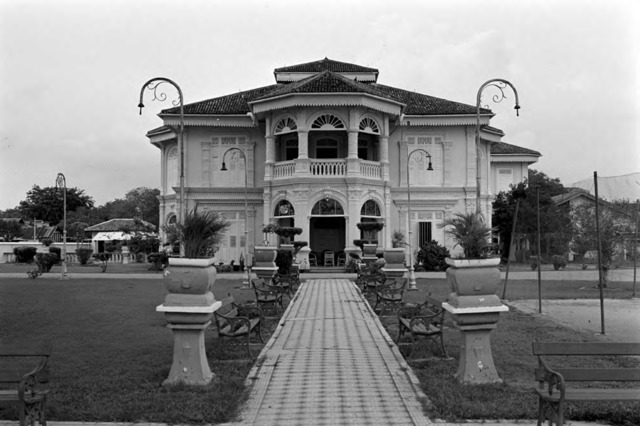 Fig. 11. Mandalay Villa, which was once home to the ‘Diamond Queen,’ Mrs Lee Choon Guan; photograph by Lee Kip Lin, early 1980s. The house has been demolished. (All rights reserved, Lee Kip Lin and National Library Board, Singapore 2009)
Fig. 11. Mandalay Villa, which was once home to the ‘Diamond Queen,’ Mrs Lee Choon Guan; photograph by Lee Kip Lin, early 1980s. The house has been demolished. (All rights reserved, Lee Kip Lin and National Library Board, Singapore 2009)The NLB continues to improve access to its online catalogue and is working towards integrating its photographic search access with that of the National Archives.
National Museum of Singapore
The National Museum traces its origins back to the 1820s. During the colonial era it was known as the Raffles Library and Museum, moving into its present building in 1887 and focusing on natural history and ethnography. The shift towards Singapore history began post-World War Two, gathering momentum with Independence and economic development and culminating in a major undertaking 2003-2006 that saw the restoration of the historical buildings and addition of a spacious modern wing. Today, one of the permanent Singapore Living Galleries is devoted to the history of photography in Singapore and offers a glimpse of local life through images and artifacts.
The museum had accumulated a small grouping of 19th- and early-20th century photographs and a remarkable collection of glass plate negatives. Over the last 25 years, however, its photographic collection has grown substantially to almost 20,000 images with the acquisition of materials from both home and abroad. The collection ranges from classic 19th-century topographic views and carte-de-visites to stereoscopic views, photo albums, studio portraits and picture postcards. One landmark acquisition in the 1990s was of the earliest photographic image of Singapore, ”Daguerreotype of Singapore Town,” produced in 1844 by the Frenchman Jules Itier, just five years after the invention of the photographic process. Some highlights are as follows.
As a busy crossroads of trade, Singapore was home to several firms of professional photographers who stocked views to sell to travelers. An early practitioner was the famed John Thomson (1837-1921) who arrived from Scotland in 1862 and operated a photographic studio for several years before moving on to Hong Kong and China. The firm of Sachtler & Co, which operated from 1863 to around 1874, was among the first studios to offer a steady supply of albumen prints (fig. 12).
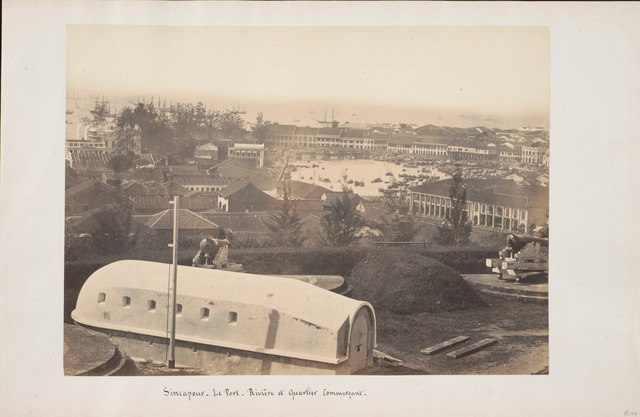 Fig. 12. View of Boat Quay from Fort Canning, 1860s, by Sachtler & Co. (Courtesy of National Museum of Singapore, National Heritage Board)
Fig. 12. View of Boat Quay from Fort Canning, 1860s, by Sachtler & Co. (Courtesy of National Museum of Singapore, National Heritage Board)The firm of G. R. Lambert & Co operated from 1867 until the early 1900s and produced the single most important pictorial record of Singapore in the late 19th and early 20th centuries. Their large format topographical views, and later picture postcards, document Singapore’s transformation following the opening of the Suez Canal in 1867 and the regional growth of the tin and rubber industries. By the early 19th century the firm advertised the ‘finest collections of landscape views in the East, comprising 3,000 subjects relating to Siam, Singapore, Borneo, Malaya and China’. In its heyday the firm became official photographers to the King of Siam and the Sultan of Johor, and maintained branch offices in Sumatra, Kuala Lumpur and Bangkok (fig. 13).
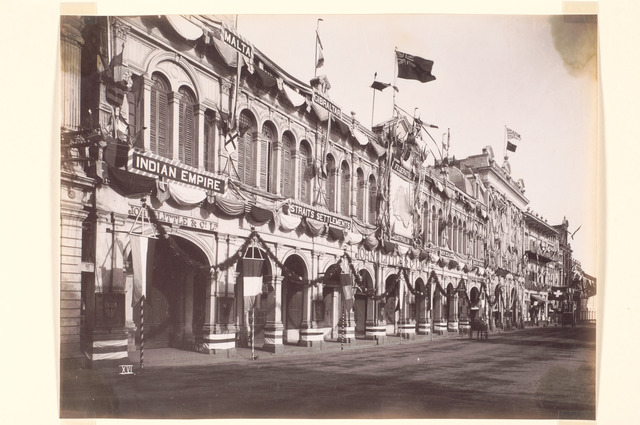 Fig. 13. View of John Little’s Building at Raffles Place, 1901, by G R Lambert & Co. (Courtesy of National Museum of Singapore, National Heritage Board)
Fig. 13. View of John Little’s Building at Raffles Place, 1901, by G R Lambert & Co. (Courtesy of National Museum of Singapore, National Heritage Board)The origin of the Museum’s collection of glass plate negatives is unknown but it has been in the museum for almost a century. The plates are almost certainly commissioned portraits from the firm of G. R. Lambert & Co. The cosmopolitan nature of Singapore society is recorded in handsome portraits of members of Malay royal families, European residents, and wealthy Chinese and Indian families-–-all posed in their finery and often among Victorian studio props (fig. 14).
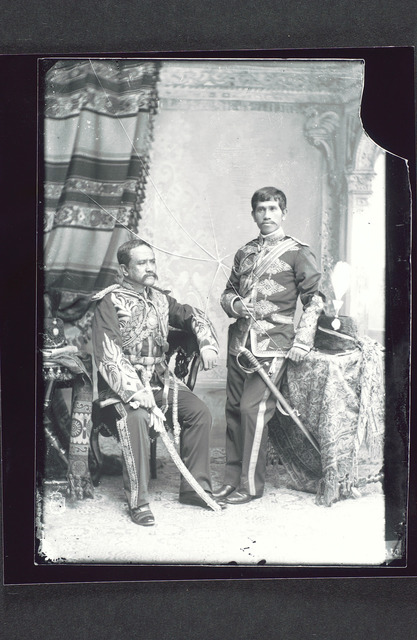 Fig. 14. Portrait of Sultan Abdullah Mohammad Shah, probably 1890s, printed from glass plate negative of G R Lambert & Co. (Courtesy of National Museum of Singapore, National Heritage Board)
Fig. 14. Portrait of Sultan Abdullah Mohammad Shah, probably 1890s, printed from glass plate negative of G R Lambert & Co. (Courtesy of National Museum of Singapore, National Heritage Board)The museum continues to collect images that enhance our understanding of Singapore history. For example, one recent acquisition consists of 128 original National Geographic prints, many with handwritten crop marks. The images date from the 1920s and 1940s and focus on the people of Singapore and the region participating in various trades, industries and activities of the day (fig. 15). These will be available for viewing in the near future.
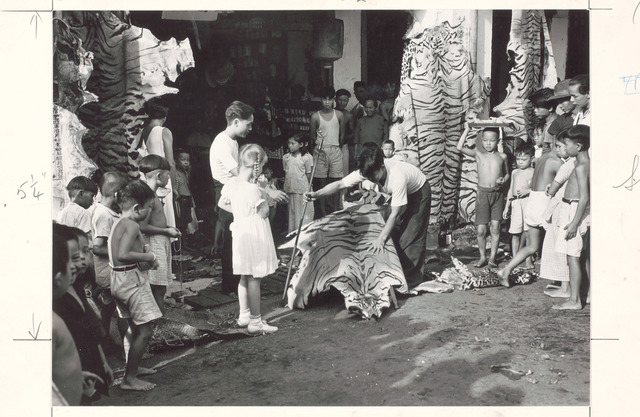 Fig. 15. Tiger skins for sale, 1939. Photo by J. Baylor Roberts (National Geographic Image Collection: Courtesy of National Museum of Singapore, National Heritage Board)
Fig. 15. Tiger skins for sale, 1939. Photo by J. Baylor Roberts (National Geographic Image Collection: Courtesy of National Museum of Singapore, National Heritage Board)With Singapore approaching 50 years of nationhood in 2015, there has been a noticeable surge of interest in recording, sharing, and preserving heritage. This is reflected in the increase in the number of locally-produced non-fiction books on a wide range of topics, from glossy commemorative tomes and hefty biographies of pioneer political figures to more intimate personal narratives. In the same way, there has been far greater appreciation of the role that photography plays in history and collective memory. Many of the illustrated publications draw heavily on the rich resources of the three institutions profiled here. In turn, the National Archives, National Library, and the National Museum continue to both expand their collections, through gifts and purchases, and enhance accessibility.
Gretchen Liu is a Singapore-based writer and photo historian. She is the author of Singapore: A Pictorial History 1819-2000 and From the Family Album: Photographs from the Lee Brothers Studio, Singapore 1910-1925. She was editor of the first book to explore Singapore's visual heritage, A Vision of the Past: A History of Early Photography in Singapore and Malaya: The Photographs of G R Lambert & Co, 1880-1910, by John Falconer.


